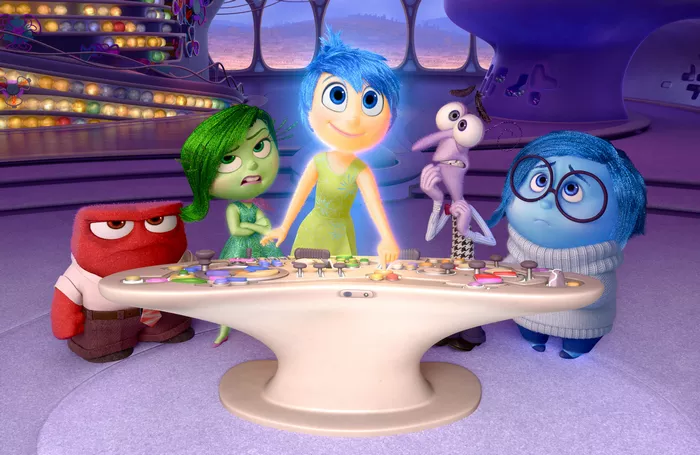Pixar’s “Inside Out” is a heartwarming and thought-provoking journey through the complex landscape of human emotions, set inside the mind of a young girl named Riley. While the film is brimming with colorful characters representing various emotions, it is the ending that truly resonates, delivering a powerful message about emotional balance and the importance of embracing all feelings, including those we may consider “negative.” In this article, we will dive deep into the ending of “Inside Out,” exploring the significance of Sadness, Anger, and the well-balanced emotions that make us human.
The Revelation: Embracing All Emotions
“Inside Out” culminates in a profound realization – the importance of embracing all emotions for a well-rounded and emotionally healthy life. Throughout the film, Joy, the central character representing happiness, tries to keep Sadness away from Riley’s emotional control center, believing that happiness is the only desirable emotion. However, as the story unfolds, it becomes clear that suppressing Sadness and other “negative” emotions has detrimental consequences.
In the climactic scene, Riley returns home after a difficult experience and breaks down in tears. This moment is a turning point as Sadness steps in to comfort her. It’s a powerful reminder that sadness is a natural and necessary part of the human experience. By allowing herself to feel sadness, Riley is not only acknowledging her emotions but also opening the door to healing and growth.
Furthermore, the film underscores that happiness alone cannot provide a complete and meaningful life. True emotional balance comes from accepting the full spectrum of emotions, each with its unique role and value. “Inside Out” teaches us that happiness gains depth and richness when it coexists with sadness, anger, fear, and disgust.
The Parental Embrace: Anger and Sadness
Another striking element of the ending is the revelation that Riley’s parents are led by Anger and Sadness in their own respective control centers. This twist challenges the idea that our emotions define us or determine our worth. Instead, it highlights that each emotion has its own role and strengths.
Riley’s mom is guided by Sadness, emphasizing empathy and the capacity to connect with others emotionally. On the other hand, her dad is led by Anger, showcasing assertiveness and the ability to set boundaries. This dynamic illustrates that no single emotion defines a person, and it’s the integration and balance of various emotions that make individuals complex and unique.
This revelation serves as a valuable reminder for both children and adults alike that our emotions are not fixed or rigid. People are multifaceted, and their emotional responses can vary depending on the circumstances. “Inside Out” encourages us to see beyond the surface and recognize the richness of our inner emotional landscapes.
The Heroic Role of Sadness
Perhaps the most groundbreaking aspect of “Inside Out’s” ending is the elevation of Sadness to a hero’s status. Traditionally, sadness is often stigmatized and misunderstood, seen as something to be avoided or suppressed. However, the film challenges this narrative by showing that Sadness plays a vital role in Riley’s emotional development.
Sadness’ ability to empathize with others and express vulnerability ultimately helps Riley connect with her parents and seek their support during her difficult transition. In doing so, Sadness becomes a catalyst for healing, reconciliation, and personal growth.
This powerful shift in perspective challenges the societal pressure to always present a cheerful facade and encourages individuals to embrace their vulnerability and ask for help when needed. “Inside Out” underscores that it’s okay to be sad, and it’s equally okay to reach out for support from loved ones.
Conclusion: The Profound Lesson of “Inside Out”
“Inside Out” delivers a poignant and enduring lesson about the value of embracing all emotions. Its ending reminds us that happiness cannot exist in isolation; it is enriched by the depth and complexity of our emotional experiences. By acknowledging and accepting sadness, anger, fear, and disgust, we become more authentic and better equipped to navigate the complexities of life.
The film’s portrayal of Sadness as a hero challenges societal stigmas surrounding “unpleasant” emotions and highlights their necessity for personal growth and healing. As we bid farewell to Riley’s mind and the colorful characters inside it, we are left with a profound understanding that emotional balance is not about avoiding certain feelings but about embracing them all as essential threads in the tapestry of our lives. “Inside Out” reminds us that it’s okay to feel the full range of human emotions, and it’s in that emotional complexity that we find our true selves and the capacity for genuine connection with others.

